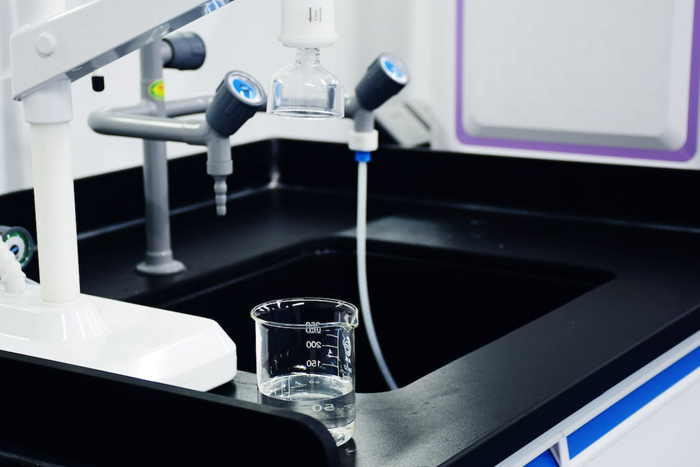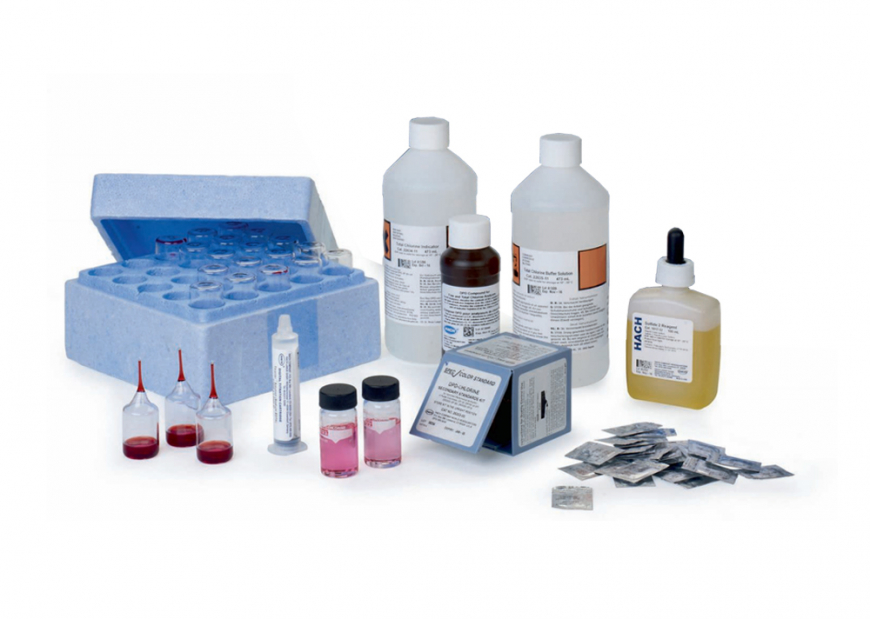
Never let your guard down when it comes to your household’s health. Doing so might set off a domino effect of problems for you and your loved ones. A potentially sneaky threat to our health is the unchecked water supply. Water, essential for drinking and washing up, can become useless for various reasons despite its importance to human life.
Many things can lead to water shortages, such as pollution, incorrect chemical treatment, broken pipes, etc. Many different diseases, including dysentery, cholera, and diarrhea, can be contracted from drinking contaminated water. You should know how to test your water for signs of fishiness, even if it seems fine now.
Here’s how to test if water is safe to drink at home
Even if treated water is available from the tap, people still need to take precautions to make sure it’s safe to drink. In the convenience of your own home, you may verify the safety of your water in seven different ways:
Texture Inspection for Hard Water
If you use hard water, a white film may remain on faucets and surfaces. Such a film indicates that your water has a high mineral concentration. The long-term effects of hard water on human health are uncertain, but they could be devastating.
Home Water Testing Kits
Is the water you drink safe? This is a good method to find out. You can find a variety of thorough testing kits at local retailers or online. Many different types of pollutants, such as pesticides, lead, bacteria, and others, can be examined with these kits. It is important to remember that the tests typically yield more precise results than simple visual assessments.
Smell Test
If the water has an unusual odor, contaminants may be present. A musty odor could indicate the existence of undesirable substances, whereas a strong chlorine smell could be the consequence of oversanitization.
TDS Test
You can use a cheap device called a Total Dissolved Solids meter to find out how many minerals are dissolved in your water. High total dissolved solids levels may indicate an overabundance of pollutants or minerals. However, the tests are a useful indication of changes in water quality and help to identify contaminants.
Taste Test
It could be a sign of pollution if the water tastes funny. Indicators of contaminants or minerals include a bitter or metallic taste.
pH Testing
Its pH level influences the taste and mineral absorption capabilities of water. The pH for drinking water should be between 6.5 and 8.5, and test kits to determine this range are easily accessible. Additional testing is necessary because pH values that are too high or too low are not optimal.
Visual Examination
To begin with, conduct a visual inspection of your water. Impurities may be visible if they have noticeable particles or a discolored appearance. Clear water does not necessarily indicate that it is safe to drink. Nevertheless, strange-looking water signifies something is wrong with the water you are drinking.
Do water test strips work?
While test strips are useful for early screenings (they show water hardness and pH), they don’t give a good idea of the degree of contamination.
The cheapest way to test water quality
Assuming lead is your sole concern, do-it-yourself lead test kits are a fast and cheap approach to determining if there is an issue. However, lab testing is worthwhile if you desire a more comprehensive evaluation of the contaminants in your water.
Are DIY water testing kits accurate?
Using this do-it-yourself water test kit is a great way to save money and time and get accurate results without leaving your house. If you want to know what toxins are in your water, use these quality test strips. It is not recommended to rely on test strips as the only basis for determining water purity.
There is some inaccuracy in these water kits. They would indicate significant concentrations of some toxins in the water. But they don’t provide a high level of assurance that the water you consume is safe.
Seek out a trustworthy, impartial expert laboratory if you are worried about your water’s quality.
How often should you test your water?
You should test the water based on your present circumstances. If you’re having a child or move in with one, you must do a nitrate test. Additionally, within the first 6 months of bringing them into a household, you should repeat this test in case the problematic contamination shows again.
 It is wise to conduct a thorough test on the water without delay if you notice any unusual color or smell. These problems can arise from a variety of sources and then resurface. They can originate from manganese, chloride, sulfate, iron, etc. As a result, you need to conduct follow-up tests every three years, at the very least.
It is wise to conduct a thorough test on the water without delay if you notice any unusual color or smell. These problems can arise from a variety of sources and then resurface. They can originate from manganese, chloride, sulfate, iron, etc. As a result, you need to conduct follow-up tests every three years, at the very least.
Always keep an eye on the news to learn whether any of the abovementioned problems have affected your water supply, even if they haven’t occurred in your home. If you do this, you can avoid any health problems these could cause. Ensure no sediment accumulates in your pipes by testing the water once a year.
Conclusion
If you use these techniques on a regular basis, you can find problems with your water supply before they become serious. It is best to use a mix of tests for a more comprehensive assessment, as some pollutants may not be apparent to the taste buds, nose, or naked eyes.
Your responsibility for the quality of the water that flows into your home depends on your family’s health and safety. Make these seven habits a regular part of your life to ensure water purity and the absence of harmful contaminants. Contact experts or your local water authority if you have questions regarding the findings or think there’s a lot of contamination.
